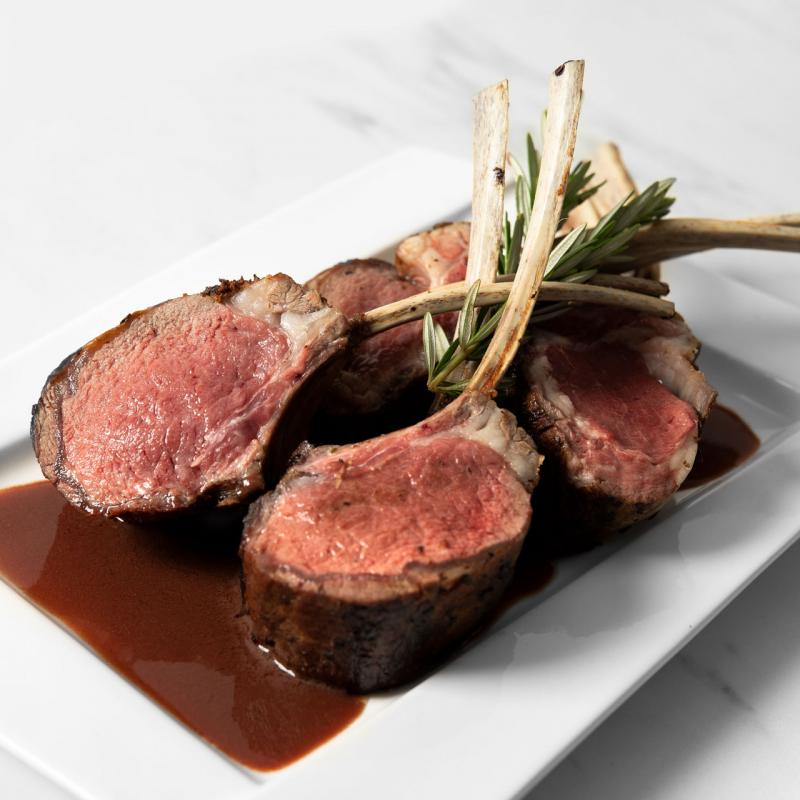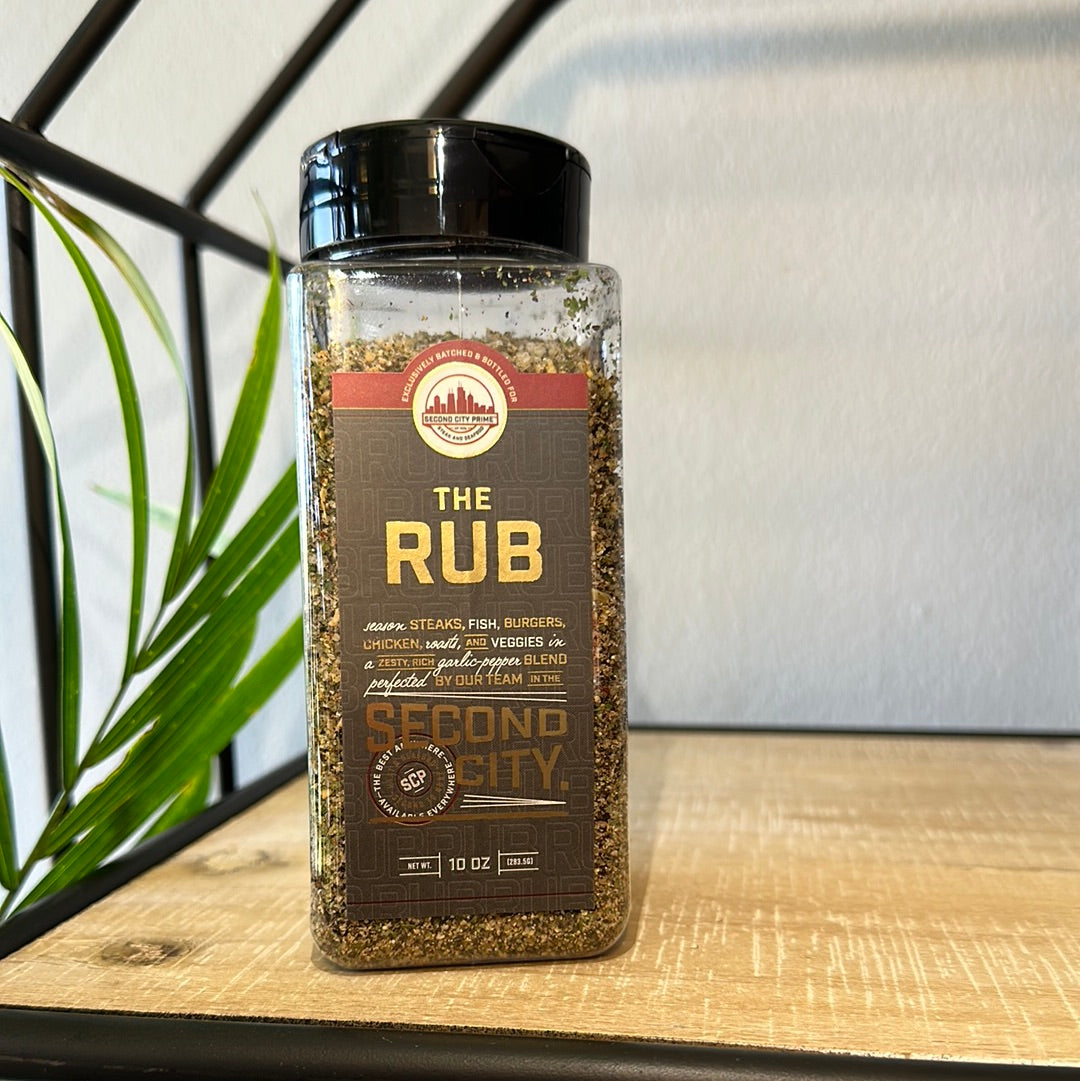The Definitive Guide to Wagyu Beef Grades: Understanding A5 and BMS Scores
Japanese Wagyu Grading System Explained
Yield Grade (A-C)
The yield grade indicates the amount of usable meat from the cattle carcass:
- Grade A: Highest yield (above 72%)
- Grade B: Medium yield (69-72%)
- Grade C: Lower yield (below 69%)
This letter represents the first character in the Wagyu grade (e.g., the "A" in A5).
Quality Grade (1-5)
The quality grade, represented by the number in the grade (e.g., the "5" in A5), evaluates four specific attributes:
- Marbling (primary factor)
- Meat color and brightness
- Firmness and texture
- Fat quality/color/luster
Each factor receives a score, with marbling carrying the most weight in determining the final quality grade:
- Grade 5: Excellent (BMS 8-12)
- Grade 4: Very Good (BMS 5-7)
- Grade 3: Good (BMS 3-4)
- Grade 2: Fair (BMS 2)
- Grade 1: Poor (BMS 1)
Understanding BMS (Beef Marbling Score)
The Beef Marbling Score (BMS) is the cornerstone of Wagyu quality assessment, using a 12-point scale to evaluate intramuscular fat distribution:
BMS Scale Breakdown
- BMS 1-2: Minimal marbling (Quality Grade 1-2)
- BMS 3-4: Moderate marbling (Quality Grade 3)
- BMS 5-7: Abundant marbling (Quality Grade 4)
- BMS 8-12: Exceptional marbling (Quality Grade 5)
What Makes A5 Wagyu Special
A5 Wagyu represents the pinnacle of beef quality, requiring:
- Yield Grade A (72%+ yield)
- Quality Grade 5 (requiring a minimum BMS of 8)
- Excellence in meat color, fat distribution, texture, and fat quality
Only about 3% of all Japanese Wagyu achieves the A5 designation, making it exceptionally rare and valuable.
Beyond the Numbers: What BMS Scores Mean for Flavor and Texture
| BMS Score | Marbling Density | Eating Experience | Best For |
|---|---|---|---|
| 8-9 | Very dense | Buttery, rich, balanced beef flavor | Versatile preparation |
| 10-11 | Extremely dense | Melt-in-mouth texture, intensely rich | Minimal cooking (thin slices, tataki) |
| 12 | Maximum marbling | Transcendent richness, ethereal texture | Very small portions, special occasions |
Higher BMS doesn't always mean "better"—some connoisseurs prefer BMS 8-9 for a more balanced beef flavor, while others seek the unparalleled richness of BMS 12.
American Wagyu Grading
USDA Prime vs. Japanese A5
- USDA Prime: The highest USDA grade, requiring modest marbling
- Japanese A5: Requires significantly more marbling than USDA Prime
Most American Wagyu grades as USDA Prime, but even the highest-quality American Wagyu rarely matches the marbling intensity of Japanese A5.
The SRF (Snake River Farms) System
Some American producers like Snake River Farms have created proprietary grading systems to differentiate their Wagyu:
- Black Grade: Comparable to USDA Prime
- Gold Grade: Exceeds USDA Prime, approaching Japanese quality (equivalent to approximately BMS 6-8)
- Black & Gold Labels: Indicate the blend percentage of Japanese Wagyu genetics
Australian Wagyu Grading
Australian Wagyu producers often use a hybrid system:
- Australian Marble Score (MS) ranges from 0-9+
- MS 9+ roughly corresponds to Japanese BMS 7-8
- The highest-grade Australian Wagyu provides excellent value compared to Japanese imports
Kobe Beef: A Special Designation
All Kobe beef is A5 Wagyu, but not all A5 Wagyu is Kobe beef. For beef to be certified as Kobe, it must:
- Come from Tajima-gyu Wagyu cattle
- Be raised in Hyogo Prefecture, Japan
- Meet strict quality criteria (typically BMS 10+)
- Bear the official Kobe Beef crested chrysanthemum seal
Only approximately 4,000 cattle qualify as Kobe beef annually worldwide.
Olive Wagyu and Other Special Varieties
Beyond the standard grading system, certain Wagyu varieties have unique characteristics:
- Olive Wagyu: From cattle fed olive pulp, producing distinctive flavor and uniquely soft fat
- Snow Beef: From Hokkaido's northern climate, known for clean flavor
- Matsusaka Beef: From virgin female cattle, aged 3+ years, prized for sweetness
These specialized Wagyu types typically achieve A5 grades with BMS scores of 10-12.
How to Verify Authentic Graded Wagyu
Authentic Japanese A5 Wagyu comes with:
- A grading certificate showing:
- Individual identification number
- Nose print (unique like fingerprints)
- Grade (A/B/C and 1-5)
- BMS score
- Processing date and location
- Visual indicators:
- Fine, web-like marbling pattern
- Bright white fat (not yellow)
- Vibrant red meat color
- Certificate of authenticity from a reputable importer
How Grading Affects Price and Preparation
Price Considerations
- A5 (BMS 8-9): $120-180/lb
- A5 (BMS 10-12): $180-250+/lb
- A4 (BMS 6-7): $100-140/lb
- American Wagyu Prime: $30-80/lb
Cooking Recommendations by Grade
- A5 (BMS 10-12): Minimal cooking (thin slices, tataki, very brief sear)
- A5 (BMS 8-9): Quick sear, thin slices
- A4: Traditional steak methods but briefer cooking times
- American Wagyu: Standard steak methods with slightly reduced cooking times
Conclusion: Finding Your Perfect Wagyu Grade
While A5 Wagyu with high BMS scores represents the pinnacle of beef grading, the "best" Wagyu is ultimately a matter of personal preference:
- For maximum luxury experience: Japanese A5 with BMS 10-12
- For balanced richness and beef flavor: Japanese A5 with BMS 8-9
- For everyday luxury: A4 Wagyu or high-grade American/Australian Wagyu
- For special occasions on a budget: American Wagyu Prime or Australian Wagyu MS 7-9
Understanding these grading systems allows you to make informed choices based on your preferences, occasion, and budget.
Ready to experience the extraordinary taste of premium Wagyu beef?
Browse our selection of Japanese A5 and American Wagyu steaks, hand-selected for exceptional quality and delivered directly to your door.
Tags:
Wagyu grades, A5 Wagyu, BMS score, Japanese beef grades, Kobe beef, premium steak guide, Wagyu marbling






Leave a comment